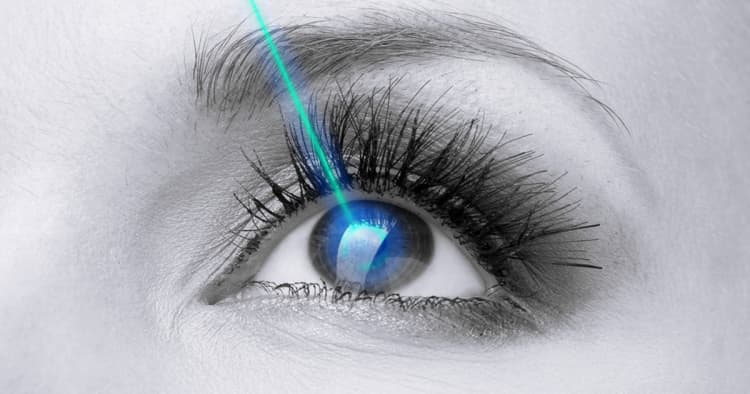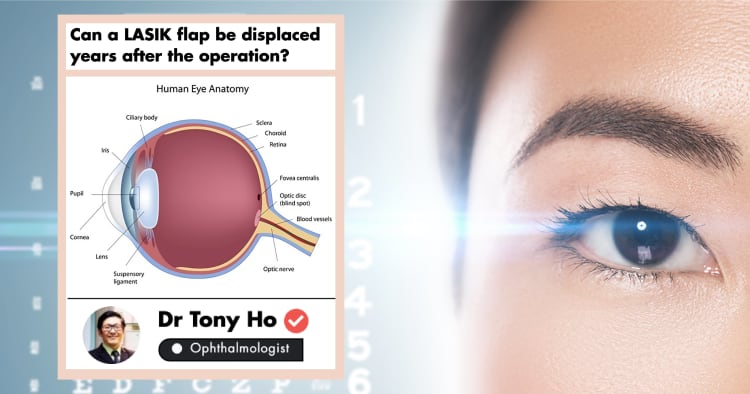The term blade / bladeless LASIK refers to the method of cornea flap creation. Bladed Lasik utilises a mechanical keratom or blade, whilst bladeless LASIK refers to a femto-second laser which is utilised to create a cornea flap.
In general, studies comparing the 2 forms of flap creation, have indicated that for bladeless-Lasik, the flap depth is more predictable and accurate (closer to the intended depth), less likely to have flap-related complications including incomplete flap, button-hole flap etc. Flaps are also less likely to move or dislodge following surgery.
Bladed Lasik does have the advantage of a smoother flap interface, hence the immediate post-operative period is noticeably clearer with less concerns of "cloudiness" immediately after surgery.
The long-term outcomes are similar with both forms of flap-creation.
References:
1. Kanellopoulos AJ. Topography-Guided LASIK Versus Small Incision Lenticule Extraction (SMILE) for Myopia and Myopic Astigmatism: A Randomized, Prospective, Contralateral Eye Study. Journal of Refractive Surgery. 2017;33(5):306-312. doi:10.3928/1081597x-20170221-01



